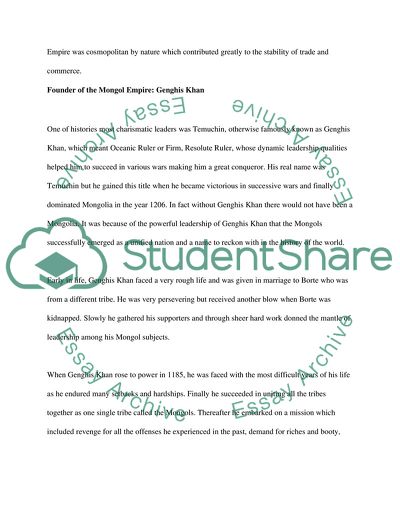Cite this document
(The Mongolians and the Mongol Empire Coursework, n.d.)
The Mongolians and the Mongol Empire Coursework. https://studentshare.org/history/1711051-who-are-the-mongols
The Mongolians and the Mongol Empire Coursework. https://studentshare.org/history/1711051-who-are-the-mongols
(The Mongolians and the Mongol Empire Coursework)
The Mongolians and the Mongol Empire Coursework. https://studentshare.org/history/1711051-who-are-the-mongols.
The Mongolians and the Mongol Empire Coursework. https://studentshare.org/history/1711051-who-are-the-mongols.
“The Mongolians and the Mongol Empire Coursework”. https://studentshare.org/history/1711051-who-are-the-mongols.


